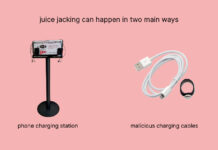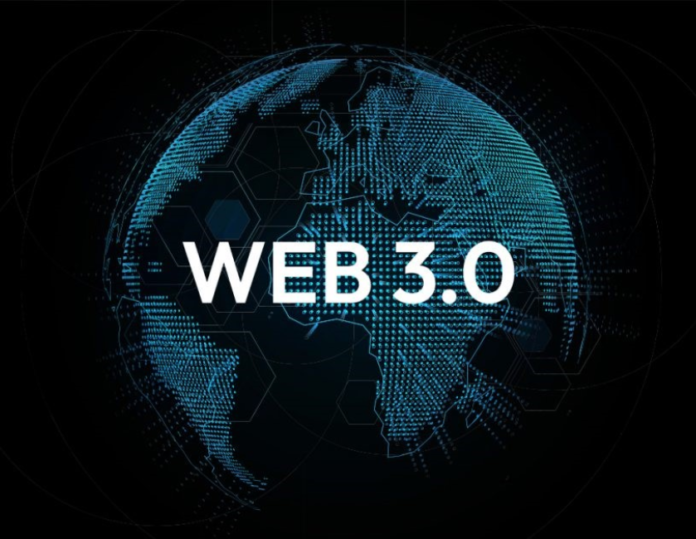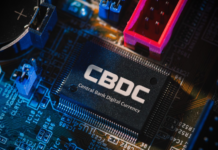Welcome to the dawn of Web 3.0, where the Internet evolves beyond its current form to offer a decentralized, secure, and interconnected digital landscape.
In this era, blockchain technology and decentralized protocols reign supreme, promising to revolutionize how we interact online.
From enhanced privacy and security to new economic models and creative opportunities, Web 3.0 opens doors to a world where users have greater control over their data and digital assets.
Join us as we explore the key features, applications, and challenges of Web 3.0 and discover how this next evolution of the Internet is reshaping the way we experience the digital realm.
Understanding Web 3.0
Web 3.0, often called the decentralized web, is the next repetition of the Internet that aims to address some of the flaws of its predecessor, Web 2.0.
While Web 2.0 brought about interactive and user-generated content, it also centralized power in the hands of a few tech giants, leading to concerns about data privacy, censorship, and control.
Web 3.0 seeks to decentralize control by leveraging blockchain technology and other decentralized protocols. Instead of relying on centralized servers, Web 3.0 applications operate on a peer-to-peer network, where data is distributed across multiple nodes, making it more resistant to disallowance and single points of failure.
Also Read: All About Digital Workplace (2024)
Key Features of Web 3.0
Decentralization
The principle of decentralization is at the core of Web 3.0. By eliminating the need for intermediaries and central authorities, Web 3.0 aims to empower users and promote greater autonomy over their data and digital assets.
This deconcentrated architecture not only enhances security but also fosters innovation by enabling new models of collaboration and value exchange.
Enhanced Privacy and Security
Privacy is paramount in Web 3.0. By using cryptographic techniques and decentralized identity systems, users can keep greater control over their personal information, reducing the risk of surveillance and unauthorized access.
Moreover, the unchangeable nature of blockchain technology ensures data integrity, mitigating the threat of tampering and fraud.
Interoperability
One key goal of Web 3.0 is to create a more interconnected and interoperable internet ecosystem. By standardizing protocols and fostering open-source development, Web 3.0 enables ideal communication and data exchange between different applications and platforms.
This interoperability not only enhances user experience but also promotes innovation and collaboration across the digital landscape.
Applications of Web 3.0
Decentralized Finance (DeFi)
Decentralized finance, or DeFi, is one of the most prominent applications of Web 3.0. By leveraging blockchain technology, DeFi platforms enable peer-to-peer financial transactions without the need for traditional negotiator such as banks or brokerage firms.
This not only reduces costs and improves efficiency but also expands financial access to underserved populations around the world.
Decentralized Autonomous Organizations (DAOs)
DAOs are another compelling use case of Web 3.0. These autonomous entities are governed by smart contracts and operate without centralized control.
DAOs have the potential to revolutionize governance by enabling transparent and trustless decision-making processes, allowing communities to collaborate and coordinate resources decentralized.
Non-Fungible Tokens (NFTs)
NFTs have taken the digital art and collectibles market by storm, showcasing Web 3.0’s potential to transform the creative economy. Built on blockchain technology, NFTs represent unique digital asset that can be bought, sold, and traded securely on decentralized marketplaces.
This has opened up new opportunities for artists and creators to monetize their work and captivate audiences directly.
Challenges and Considerations
While Web 3.0 holds great promise, it also presents several challenges and considerations that must be addressed.
Scalability, usability, and regulatory compliance are among the critical areas of concern that developers and stakeholders need to navigate as the ecosystem continues to evolve.
Scalability
Scalability remains a significant hurdle for Web 3.0, particularly as the demand for decentralized applications continues to grow. Blockchain networks must overcome limitations such as transaction throughput and latency to support mass adoption and mainstream use cases.
Usability
Usability is another critical factor that can influence the success of Web 3.0 applications. While the underlying technology may be complex, developers must prioritize user experience and design interfaces that are intuitive and accessible to a broader audience.
Regulatory Compliance
Regulatory compliance is an ongoing challenge for Web 3.0, as the decentralized nature of blockchain networks presents unique legal and regulatory considerations.
Developers and organizations must steer a complex landscape of laws and laws to ensure compliance and mitigate regulatory risk.
The Future of Web 3.0
As we look to the future, Web 3.0’s ability to transform the Internet and empower users is undeniable. From decentralized finance to digital identity and beyond, the possibilities are limitless.
However, understanding this vision will require collaboration, innovation, and a commitment to principles such as decentralization, privacy, and interoperability.
Conclusion
In conclusion, Web 3.0 represents a new era of the Internet that promises to redefine how we interact with digital technology. By embracing decentralization, enhancing security, and fostering interoperability, Web 3.0 has the ability to create a more inclusive, equitable, and resilient Internet ecosystem.
As we navigate the waters of Web 3.0, let us seize the opportunities it presents and work together to shape a brighter future for the Internet and society as a whole.

















